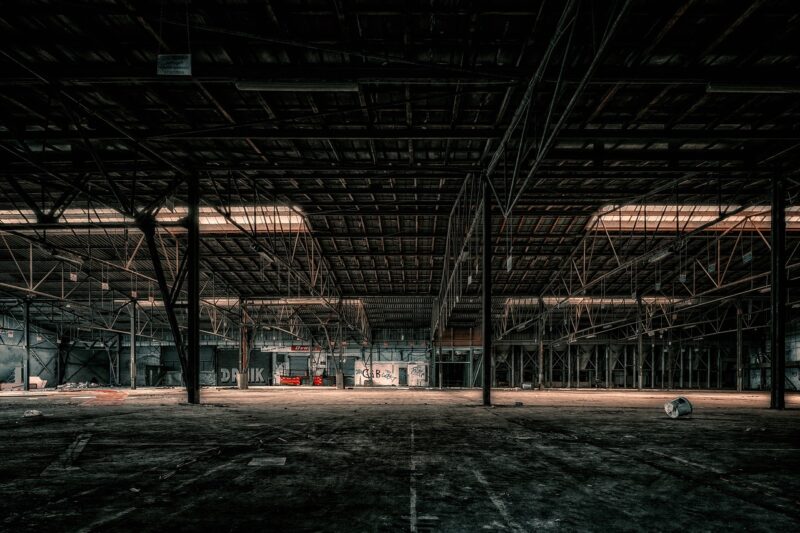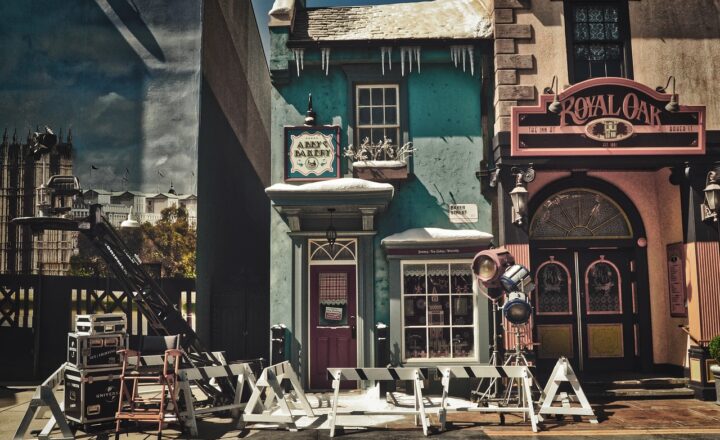Behind the Scenes: How Iconic Movies Are Made and the Secrets They Keep
November 18, 2024

Movies hold a unique place in our hearts and cultural landscapes. They transport us to different worlds, make us feel emotions ranging from joy to sorrow, and often leave us pondering their deeper meanings. Behind every iconic film, however, lies a fascinating story of creativity, collaboration, and often, a few secrets that the audience never gets to see. In this article, we will explore the behind-the-scenes process of filmmaking, delving into the stages of production, the various roles involved, and some lesser-known secrets that shaped our favorite films.
1. The Phases of Movie Production
Producing a movie is often an intricate process that unfolds in three essential phases: pre-production, production, and post-production. Each phase plays a critical role in bringing the film to life.
1.1 Pre-Production
This stage involves extensive planning and preparation. Here are the key components:
- Script Development: The script is the backbone of any film. It is often refined multiple times before being finalized, with input from various writers, directors, and producers.
- Casting: Choosing the right actors is crucial. Casting directors audition many performers, and producers often meet with star names to secure the ideal cast that will bring the story to life.
- Budgeting: Producers create a budget that outlines the estimated costs of every aspect of the film, from salaries to sets and special effects. Investing wisely here can make or break a project.
- Location Scouting: Filmmakers often travel to numerous locations to find the perfect backdrop for their story. This not only involves aesthetics but also practical considerations like logistics and permits.
- Storyboarding: Storyboards visualize the film shot by shot, helping directors and cinematographers plan how each scene will look and be conducted.
1.2 Production
This is the phase where the magic happens. It typically involves:
- Filming: The director works closely with the cinematographer to capture each scene, often making adjustments for lighting, sound, and performance as they go along.
- Set Design: Art directors and set designers create the physical space where the story unfolds. This includes building sets or modifying locations to fit the vision of the film.
- Costume and Makeup: Costume designers and makeup artists play a pivotal role in developing the visual authenticity of the characters and the overall film aesthetic.
- Sound Recording: Recording on-set audio during filming is crucial, capturing dialogues and environmental sounds to enhance the film’s realism.
1.3 Post-Production
Once the filming wraps, the post-production phase begins, which includes:
- Editing: Editors splice together the footage to create a coherent story, often revisiting scenes multiple times to perfect pacing, flow, and narrative clarity.
- Visual Effects (VFX): For films involving action or fantasy elements, integrating visual effects is essential. This can range from CGI creatures to intricate background enhancements.
- Sound Design: Sound designers add sound effects, voiceovers, and music scores, creating an immersive auditory experience that elevates the impact of scenes.
- Marketing and Distribution: Once completed, films embark on promotional tours and distribution efforts to reach audiences worldwide. This is just as crucial as the filmmaking process itself.
2. The Roles Behind the Camera
Movie-making is not a solo endeavor; it requires a blend of creativity, talent, and hard work from various roles:
- Director: The visionary leader who oversees the film’s creative aspects and communicates with the cast and crew to execute the vision.
- Producer: Responsible for the film’s overall production, they coordinate financing, hiring, and logistics, ensuring the project stays on budget and schedule.
- Cinematographer (Director of Photography): This individual captures the visual style of the film, working closely with the director on camera angles, lighting, and shot composition.
- Production Designer: Tasked with creating the film’s visual concept, they design sets, props, and costumes to establish the film’s atmosphere and narrative tone.
- Editor: The editor assembles the footage and lends structure to the film, shaping pacing and emotional resonance through cuts and transitions.
3. Secrets Behind Iconic Films
There are countless secrets and fun facts that you may not know about how your favorite films were made. Here are a few riveting examples:
- The Wizard of Oz : It’s said that many nationalities were represented in the casting of munchkins, creating a vibrant mix; the shoes worn by Judy Garland were made of actual sequins and were so brilliant they outshone the rest of the film’s elements.
- Star Wars: The iconic sounds of lightsabers and spacecrafts were created using a combination of musical instruments, sound effects, and the sounds of various equipment like dental drills and film projectors.
- Back to the Future: The flux capacitor, crucial to the movie’s plot, was actually inspired by a dream that director Robert Zemeckis had after watching a documentary on time travel.
- Titanic: The grand sets created for the film were so lavish that they are now tourist attractions in Mexico, where much of the film was shot.
- The Sixth Sense: M. Night Shyamalan, the director, used a red color palette intentionally throughout the film to symbolize the presence of the supernatural — a detail many viewers missed on their first watch.
4. Conclusion: The Art of Storytelling
Filmmaking is a complex blend of art, science, and collaboration, resulting in captivating stories that entertain and inspire millions. The passion that goes into producing films and the often unseen elements makes watching movies an even richer experience. The next time you sit down to enjoy a classic or contemporary film, remember the journey it took to get there — one filled with creative vision, teamwork, and a few secrets that contribute to its magic. Embrace the allure of cinema and consider how every detail, from the lighting to the costumes, combines to create the worlds we love to escape into.
Whether you’re a movie buff, an aspiring filmmaker, or simply someone who enjoys entertainment, the insights shared in this article can give you a deeper appreciation for the incredible work that goes into creating iconic films. Let your curiosity and passion for cinema guide your exploration of this enchanting world.







